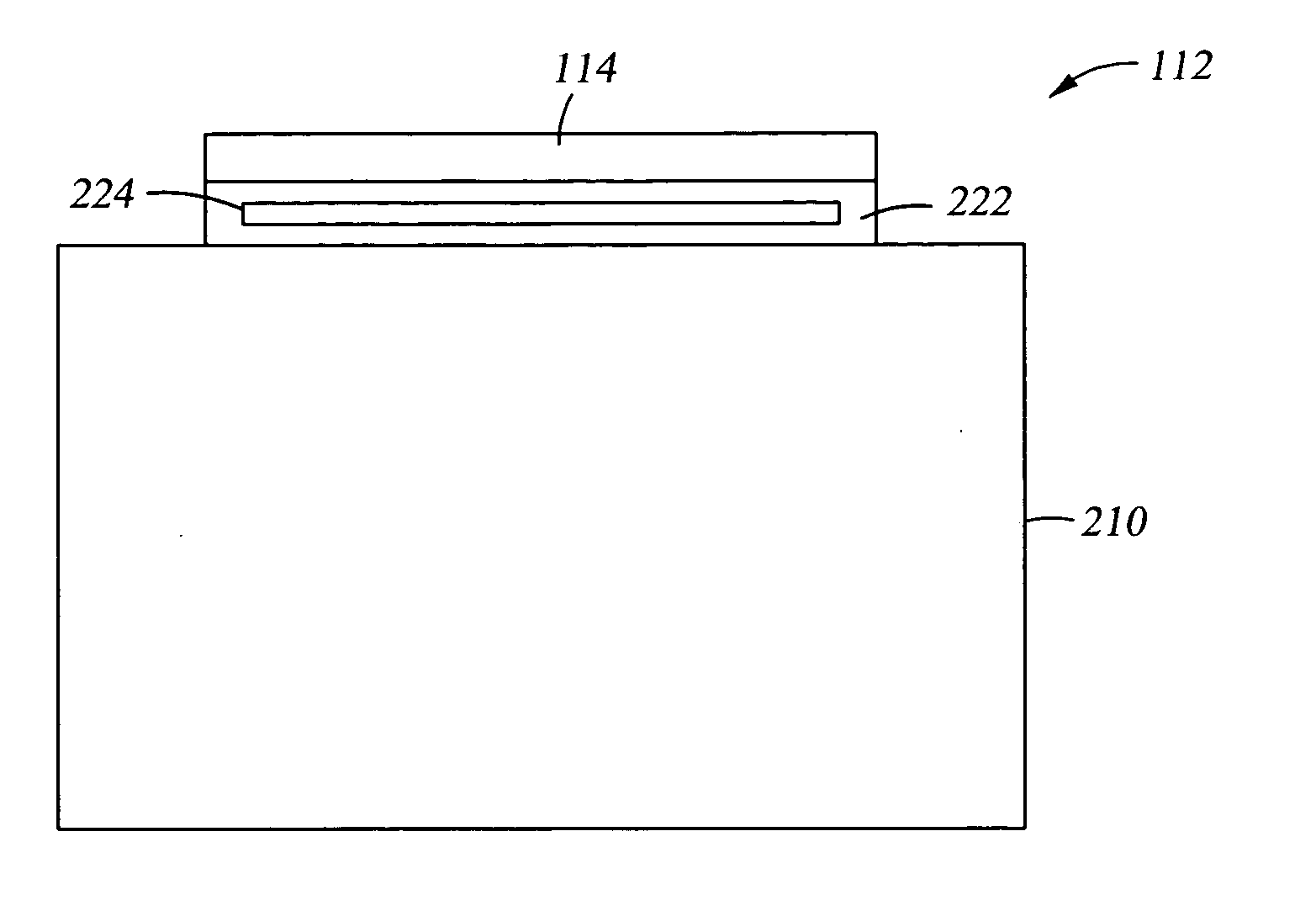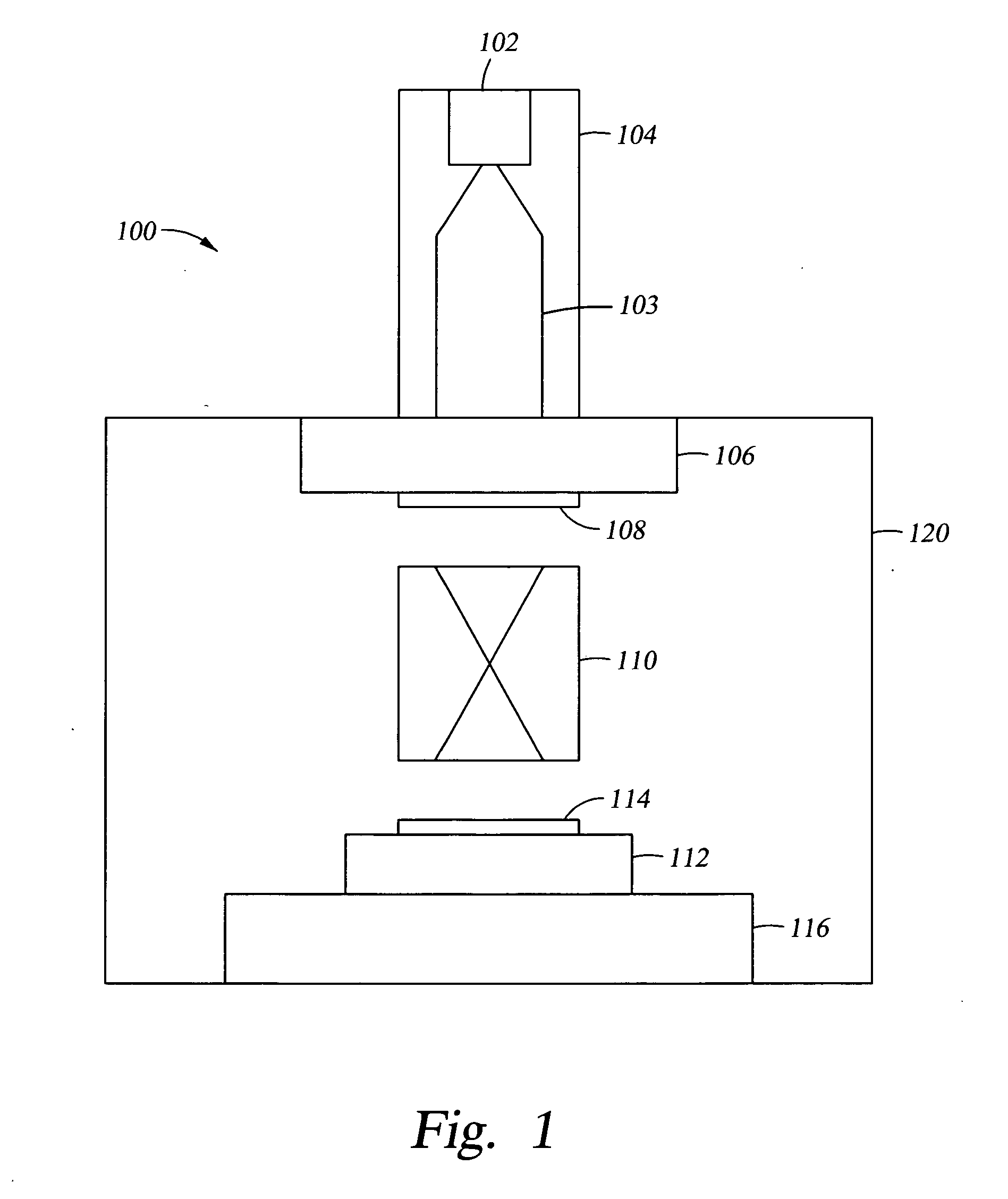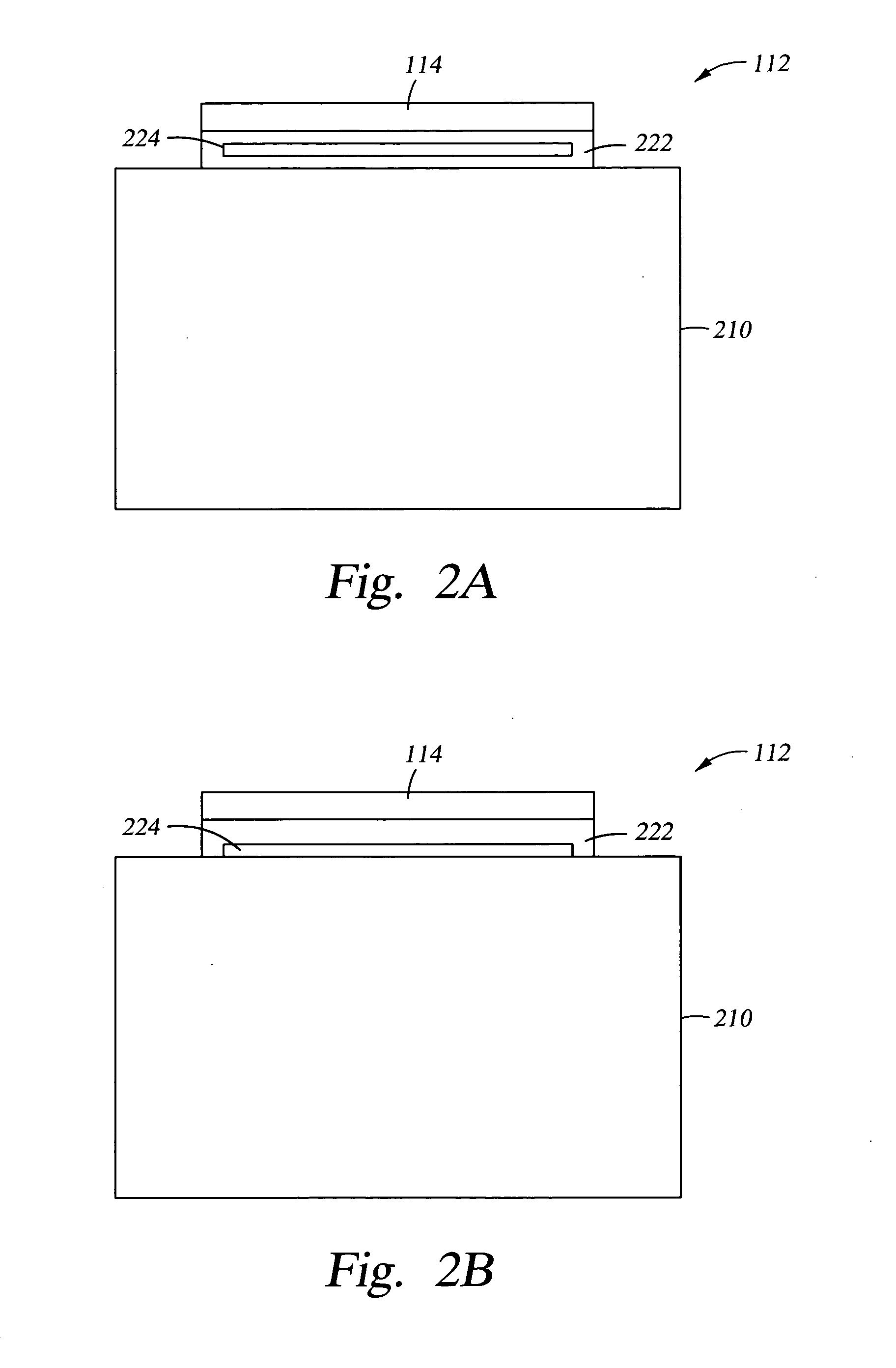Substrate holder which is self-adjusting for substrate deformation
a substrate and self-adjusting technology, applied in the field of substrate holders, can solve the problems of localized thermal expansion of the wafer, thermal distortion of the wafer, and incompatibility with vacuum chamber systems, and achieve the effect of accurate alignmen
- Summary
- Abstract
- Description
- Claims
- Application Information
AI Technical Summary
Benefits of technology
Problems solved by technology
Method used
Image
Examples
Embodiment Construction
[0021] A system for securely holding a wafer during lithographic processing is described. In the following description, for purposes of explanation, numerous specific details are set forth in order to provide a thorough understanding of the present invention. It will be evident, however, to one of ordinary skill in the art, that the present invention may be practiced without these specific details. The description of preferred embodiments is not intended to limit the scope of the claims appended hereto.
[0022] During lithographic processing, charged particles or radiation are directed through a mask to project an image of portions of the mask onto a substrate, such as a silicon wafer having an energy sensitive or photo resist layer. Typical charged particle beam lithography systems use electron beam or ion beam projection systems to fabricate a wafer using an image mask. In one embodiment of the present invention, the wafer holding system is implemented in a SCALPEL (Scattering with...
PUM
 Login to View More
Login to View More Abstract
Description
Claims
Application Information
 Login to View More
Login to View More - R&D
- Intellectual Property
- Life Sciences
- Materials
- Tech Scout
- Unparalleled Data Quality
- Higher Quality Content
- 60% Fewer Hallucinations
Browse by: Latest US Patents, China's latest patents, Technical Efficacy Thesaurus, Application Domain, Technology Topic, Popular Technical Reports.
© 2025 PatSnap. All rights reserved.Legal|Privacy policy|Modern Slavery Act Transparency Statement|Sitemap|About US| Contact US: help@patsnap.com



